 [Long, long ago (1976), in a galaxy far, far away (the New England region of the United States, specifically Boston), in collaboration with Chris Enos and Jeff Weiss, I helped to found an organization that, amazingly, still exists: the Photographic Resource Center. This included serving as the founding editor of its long-lived but, alas, long-defunct journal, Views: A New England Journal of Photography.
[Long, long ago (1976), in a galaxy far, far away (the New England region of the United States, specifically Boston), in collaboration with Chris Enos and Jeff Weiss, I helped to found an organization that, amazingly, still exists: the Photographic Resource Center. This included serving as the founding editor of its long-lived but, alas, long-defunct journal, Views: A New England Journal of Photography.
This year the PRC celebrated its 40th anniversary. In 1996 the PRC celebrated its 20th anniversary with a series of events, one of which involved my giving a talk. As usual in such situations, I used the opportunity provided by the occasion to make some trouble, as you’ll see.
This is the complete text of the “Founders’ Lecture” given at Boston University on the night of October 9, 1996. I’ve divided the text of this talk into three parts, the second of which appears below. Click here for Part 1, and here for Part 3. — A. D. C.]
•
Do It Yourself:
Towards a Responsible Audience (Part 2)
(cont’d) … I was speaking, of course, from personal experience. I myself had disappeared from the pages of two major New York newspapers, the Village Voice and then the New York Times, in the early 1970s. My vanishing, which in both cases had to with editorial differences, was made infinitely easier for those involved on the management side because no galleries, museums, or publishers involved in presenting photography ever advertised with them on the basis of my columns’ appearance there. And the small group of readers who bothered to write letters to the editor and engage in a public dialogue during my almost ten years’ tenure (combined) at the two papers could have fit comfortably in my living room and kitchen.
My empathy with my colleague’s overnight disappearance from a forum to which I’d once enjoyed access was heightened by my keen awareness that presently I find myself once again disappearing, though this time slowly, by increments. In 1988, after trying and failing for fourteen years to tap into another New York newspaper as an outlet, I created a column on photography at the then just-born New York Observer. Within months, I managed to make this a weekly feature of the paper, thereby effectively doubling the total newspaper coverage of photography exhibits, books and related events in the New York City area.
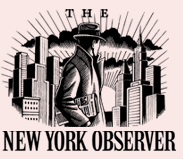 Eight years and almost two hundred columns later, I can count the letters to the editor my efforts have provoked on the fingers of my two hands. Three commercial galleries — two of them photo-specific, one with a strong emphasis on the medium — have opted to run periodic ads. But, in a recession, that’s not enough. So my column has gradually devolved from a weekly feature to a monthly one, becoming the single most marginal original “regular feature” in the entire paper — so erratic in its appearance that the question my readers now ask me most frequently is, “Are you still writing for the Observer?”
Eight years and almost two hundred columns later, I can count the letters to the editor my efforts have provoked on the fingers of my two hands. Three commercial galleries — two of them photo-specific, one with a strong emphasis on the medium — have opted to run periodic ads. But, in a recession, that’s not enough. So my column has gradually devolved from a weekly feature to a monthly one, becoming the single most marginal original “regular feature” in the entire paper — so erratic in its appearance that the question my readers now ask me most frequently is, “Are you still writing for the Observer?”
I hasten to add that this situation is not peculiar to New York City. During that same period, from 1989 through the present, I’ve published a column ten times per year — seventy-four of them so far — in Photo Metro, a Bay Area publication widely distributed in California that has just gone national (and bi-monthly).
The material I’ve published there — reviews from the Observer, reports on international photography festivals, provocations, polemics and such — has evoked fewer letters to the editor than I have fingers. Indeed, most publications in the field — I’m thinking here primarily of the “little” magazines of photography, the specialized journals like the Center Quarterly, The Photo Review, San Francisco Camerawork, and, during its lifetime, Views — don’t even bother to plan a “Letters” page into every issue, but simply add that to the layout on the rare occasions when something resembling dialogue breaks out.
•
A few weeks after my visit to the nonplussed gallerist (see Part 1), I was taken to lunch by the newly-appointed director of a major photography institution. We go back a long ways, but after some catching up and pleasantries he startled me by asking a question no one in a position of power had ever asked me before: “What can our institution do to further the field of photography criticism?”
Many possibilities came to mind, of course: I have my own shopping list, the presents Santa could bring to those of us who make photo criticism if we’ve been good: systematic translation of key essays, regular conferences, a few more grants specific to this discipline, an annual “best of” compilation in book form. But I decided to start at rock bottom.
So I said to him approximately this: “If, every time one of your institution’s projects got reviewed, you or a staff member wrote a note of thanks to the editor of the publication expressing appreciation for the attention, indicating that it had an effect on attendance or sales, that would be a start. And if, once or twice a year, you wrote a letter on your official letterhead for publication in any periodical of your choice, expanding on some critical issue that one of our colleagues had raised in those pages on some subject other than your institution’s activities — supporting, contradicting, extending the argument — that would be even better. And if, on top of that, you authorized all members of your staff to write one or two such letters yearly, on company time, either in their official positions or simply as knowledgeable members of the audience, I couldn’t ask anything more — at least not for starters.”
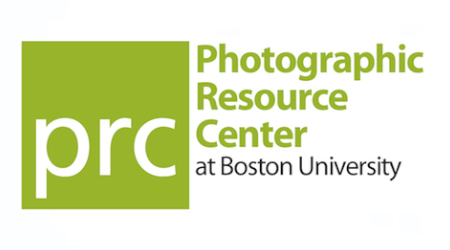 He nodded, wrote something in his notebook, and said that had never occurred to him. Which was also startling to me, since, in one of his past lives, he’d been a working critic himself. That fact, however, encourages me to believe that he’ll follow through on this suggestion of mine. That my elementary suggestion surprised him continues to perturb me, for the following reason.
He nodded, wrote something in his notebook, and said that had never occurred to him. Which was also startling to me, since, in one of his past lives, he’d been a working critic himself. That fact, however, encourages me to believe that he’ll follow through on this suggestion of mine. That my elementary suggestion surprised him continues to perturb me, for the following reason.
•
I’ve spent some time in recent years pondering the word citizenship. This began when a good friend, reading the typescript for a forthcoming book on which I’d solicited her commentary, pressed me in conversation to define the public function of criticism more precisely. To my considerable surprise, I heard myself explain, “It’s the activity of responsible citizenship within a given community.” Though I’ve worked as a professional critic for close to thirty years, I hadn’t known I believed that. (As Thoreau once put it, “How can I know what I think till I see what I say?”)
My brooding on the nature of citizenship led me to assessing my fellow citizens in this particular polity, by weighing both the quality and the quantity of the public discourse on photography stimulated by my writings and those of my colleagues. Those of us who publish regularly on this subject do read and, in various ways, respond in print to each others’ ideas, of course. But our broader readership persists in an astonishing and disheartening muteness on just about all issues. Rereading such letters to the editor as my own writing had evoked over the past twenty-eight years left me dejected, wondering why I even bothered.
 During those three decades, my editors published virtually every letter written to them in response to my essays — with the exception noted previously, at the end of my sojourn at the Village Voice. Available for my review, therefore, I had almost everything readers had cared to offer as responsive dialogue in the public forums in which I’ve done my work. Judging from that, the average sports fan — who memorizes the stats on the players, throws stuff at the unfavorites, cheers on his or her chosen team in public, wears its colors at the stadium or in the sports bar, and actively debates its strengths and weaknesses with all and sundry, including the sports columnists in the newspapers — shows more articulacy and gumption in this regard than all but a tiny handful of my readers.
During those three decades, my editors published virtually every letter written to them in response to my essays — with the exception noted previously, at the end of my sojourn at the Village Voice. Available for my review, therefore, I had almost everything readers had cared to offer as responsive dialogue in the public forums in which I’ve done my work. Judging from that, the average sports fan — who memorizes the stats on the players, throws stuff at the unfavorites, cheers on his or her chosen team in public, wears its colors at the stadium or in the sports bar, and actively debates its strengths and weaknesses with all and sundry, including the sports columnists in the newspapers — shows more articulacy and gumption in this regard than all but a tiny handful of my readers.
Indeed, toward the end of my scrutiny of this slim file of public missives, and contrasting it with the much thicker file of unsolicited letters sent to me at home, I found myself so tired of hearing privately from readers who lacked the elementary sense of civic responsibility required to enter the public debate on any issue that I drafted a form letter intended to discourage any further such communication with me — unless and until they first wrote something to some editor about some issue I raised, which I see as the equivalent within this community of voting in a local referendum. Here are a few paragraphs from it:
… If everyone who’s ever written to me like you, or spoken to me privately in this vein — to tell me how much they enjoy my writing, how useful they and their students find it, how important to them was my attention to their work (or their way of working, or of some cause in which they believe, or freedom of expression in general), etc. — had in return taken the trouble just once over the years to write a letter to the editor of any publication to which I contribute, in order to add their voices to the dialogue on any subject and indicate that they read me with respect and interest, my life as a professional critic and a working writer would have been and would now be radically different. (I’m sure the same holds true for many of my colleagues.) I wouldn’t expect that from the casual or occasional reader of my work, but it seems not unreasonable to look for it from the core of my readership, those who constitute the serious audience for the medium.
Since I see such public feedback and debate in just about every periodical I read devoted to other subjects — politics, music, art, literature — I’m forced to conclude that the sophisticated audience for photography is uniquely irresponsible: in the fundamental sense of the word, unable or unwilling to respond. I’ve begun to speculate, darkly, that perhaps something in the very nature of the medium itself actually attracts the irresponsible, and feeds that incapacity in them. Even enlightened self-interest appears insufficient to overcome this basic inertia.
Sincerely, etc.
•
What brought that on specifically was the response I received — and did not receive — to my fall 1995 commentary in the New York Observer on the posthumous publication of a set of photographs of developmentally disabled people made in the last years of her life by the late Diane Arbus. (“Why I’m Saying No To This New Arbus Book,” New York Observer, Vol. 9, no. 37, October 2, 1995, p. 25. Click on the link to read it online.)
My approach to this project was a version of what the Germans call ausstellungskritik — “exhibition critique,” aimed primarily at addressing the presentational project, in this case a publication rather than a show. In drafting it I found myself raising questions about the legal rights of photographers’ subjects and the definition of the oeuvre in photography, getting stonewalled by the Arbus estate and the book’s publisher (Aperture, by coincidence), and consulting with professionals in the field of developmental disability from three states.
I realized as I researched and wrote this critique that it mattered to me, on some very deep levels, contained something that seemed crucial. Not only did it evolve into a defining structure of thought and function as an important position paper for me, but — since it broached two substantive cans of worms — it seemed likely to stir up some controversy. So I forewarned my supportive editors of that, refined my argument, checked my facts, verified my sources, and let ‘er rip.
What resulted was nothing like I’d expected. This painstakingly crafted provocation was met, publicly, with dead silence for four months. Exactly one brief letter to the editor — not a particularly cogent one, unfortunately — came in to the Observer. Some commentary on the issues I’d raised made its way into an on-line photography discussion group’s discourse, not exactly the public arena; and a message board I created for that purpose at my own website (also not quite the agora), where I’d posted the original article, began filling up with unilluminating monologues that had everything to do with their authors’ feelings and nothing much to do with the matters of principle, both moral and scholarly, on which I’d based my arguments.
Meanwhile, a MacArthur fellow I ran into at a conference indicated full agreement with the principles I’d enunciated but declined my invitation to say so in the Observer‘s pages or anywhere else on the public record. So did a prominent specialist in photography at a major auction house, who felt that my points “were very important, and need to be discussed.” The editor of a periodical aimed at collectors e-mailed me a note saying that I was “on the side of the angels” with this piece, but did not even mention it in his publication, though one of the issues I raised in the essay pertains directly to the definition of the authentic body of work in photography, and thus to the collecting of photographs.
At the same time, a literacy-challenged gent from the Bay Area (where the piece had been reprinted, in my column in Photo Metro) decided that my encouragement of reader response meant that I was seeking pen pals, and began bombarding me at home with lengthy private letters, castigating me for my positions and instructing me on the responsibilities of the critic, while adamantly refusing my repeated invitations to put himself on the record by sending his letters to the editor and debating me in public.
 Shortly thereafter, I found myself hissed at in passing by Janet Malcolm, of all people, in the pages of the house organ of Random House, The New York Review of Books. And someone I once mistakenly considered both a colleague and a friend displayed not only a professional animus of which I’d been unaware but, more disturbingly, some previously unsuspected fascist tendencies — lambasting me at length in public for my temerity, his counter-arguments incorporating the frightening assertion that “Human rights pale beside the necessity of seeing that great art sees the light of day.” (As I write this, I remain the only person who found that position sufficiently objectionable to warrant refutation in print.) To date, that’s the only substantial reaction to my critique on record.
Shortly thereafter, I found myself hissed at in passing by Janet Malcolm, of all people, in the pages of the house organ of Random House, The New York Review of Books. And someone I once mistakenly considered both a colleague and a friend displayed not only a professional animus of which I’d been unaware but, more disturbingly, some previously unsuspected fascist tendencies — lambasting me at length in public for my temerity, his counter-arguments incorporating the frightening assertion that “Human rights pale beside the necessity of seeing that great art sees the light of day.” (As I write this, I remain the only person who found that position sufficiently objectionable to warrant refutation in print.) To date, that’s the only substantial reaction to my critique on record.
So that’s it, the sum total a full year after the piece first appeared. Nothing of either the quality or quantity of response I’d assumed my provocation would evoke. Instead, a few insults, unreasoned hysteria, behind-the-scenes pep talks, bits of amateur psychoanalysis, aimless chatter — and, mostly, silence. Disheartening, to say the least. I found myself variously bored, discouraged, and offended by the low level of the discourse; moreover, I found no nugget of provocation for myself, no substantial challenge that made me rethink my argument, nothing to chew on. …
(Part 1 I 2 I 3)
•
 Special offer: If you want me to either continue pursuing a particular subject or give you a break and (for one post) write on a topic — my choice — other than the current main story, make a donation of $50 via the PayPal widget below, indicating your preference in a note accompanying your donation. I’ll credit you as that new post’s sponsor, and link to a website of your choosing. Include a note with your snail-mail address (or email it to me separately) for a free signed copy of my 1995 book Critical Focus!
Special offer: If you want me to either continue pursuing a particular subject or give you a break and (for one post) write on a topic — my choice — other than the current main story, make a donation of $50 via the PayPal widget below, indicating your preference in a note accompanying your donation. I’ll credit you as that new post’s sponsor, and link to a website of your choosing. Include a note with your snail-mail address (or email it to me separately) for a free signed copy of my 1995 book Critical Focus!


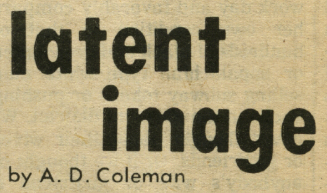
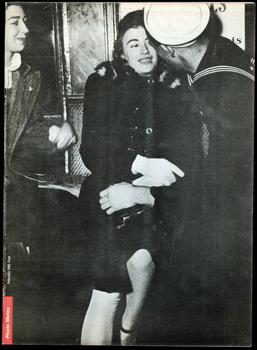
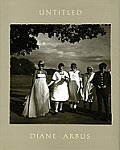
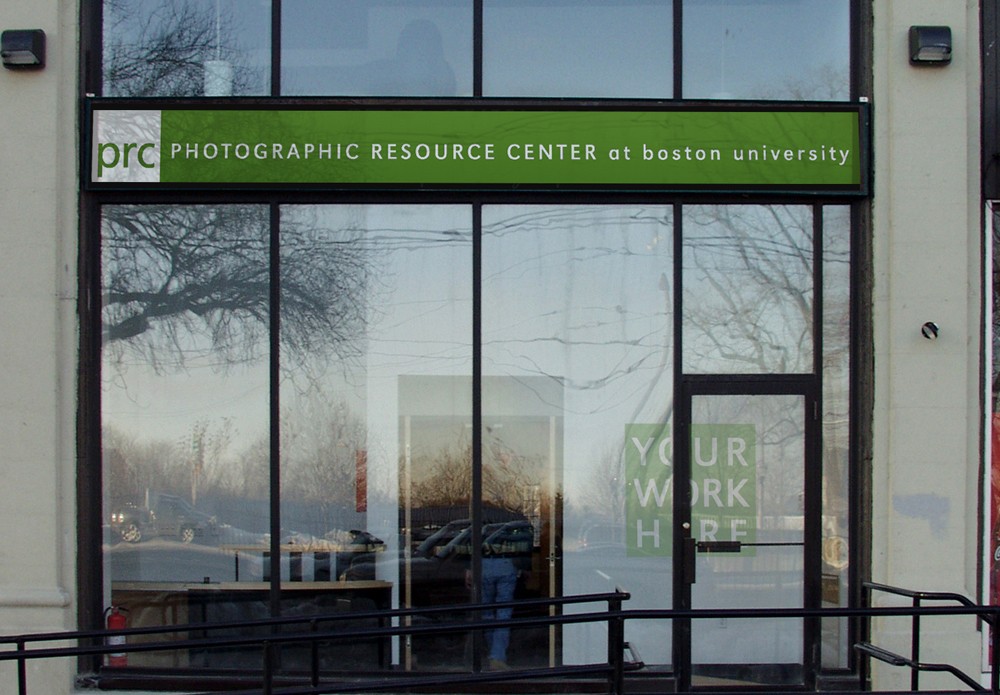




Leave a Comment